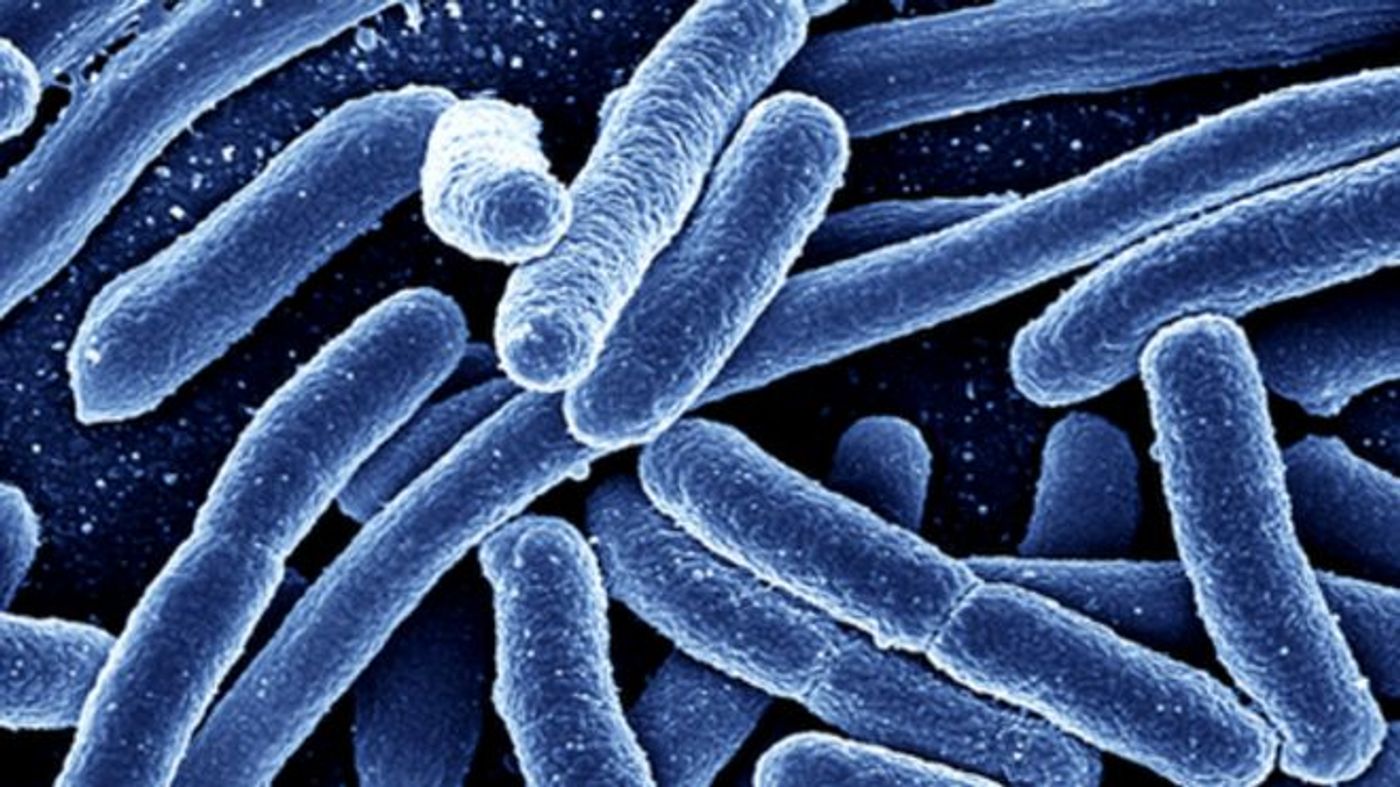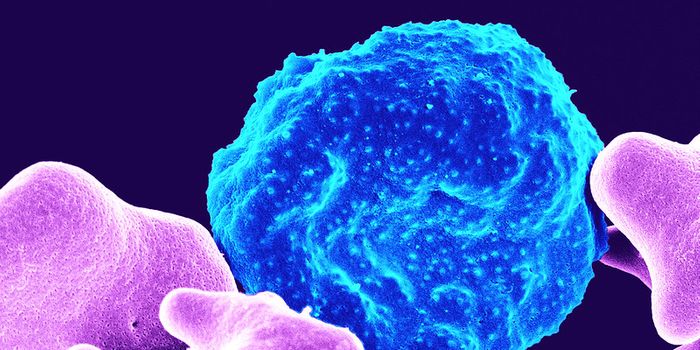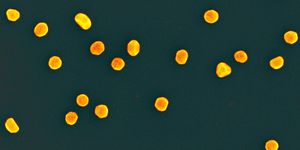Safe water with DipTest
Safe drinking water is a necessity, but sometimes it’s hard to come by. Researchers at the University of Waterloo developed DipTest - a paper-based test to detect E. coli in water.
Image: Southwest Utah Public Health Department
The most notable thing about DipTest is that it’s so simple - easy to make and easy to use. The test consists of a strip of Whatman filter paper. One end is coated with glucose to attract bacteria. Once they reach the paper, the bacteria diffuse down the strip by capillary action until they reach the reaction zone (the other end of the strip contains a hydrophobic barrier to stop the cells).
The reaction zone contains LTB growth medium and Red-Gal, a compound that is hydrolyzed to produce a red color by the E. coli enzyme beta-galactosidase. The reaction is accelerated with B-PER (bacterial protein extraction reagent), making beta-galactosidase available to react with Red-Gal.
While simple and undoubtedly inexpensive to make, you’re not exactly going to get quick results. DipTest can return a positive result within 65 minutes for samples with between 10^4 and 10^5 bacteria, where the test strip is dipped in the sample for 2 minutes and the result is allowed to develop for 60 to 65 minutes. Granted, where time is concerned, the DipTest is on par with similar tests. The upside, however, is that DipTest requires no sample preparation.
So, what are DipTest’s limits? It can give a positive result with as few as 200 CFU/ml of E. coli. However, similar paper-based assays can detect as few as 5 or 10 CFU/ml. Certainly the concentrations of bacteria in environmental samples will differ greatly, and I assume one could easily become ill by ingesting fewer than 200 CFU/ml of bacteria - this makes me wonder if it’s really sensitive enough.
What’s more, environmental samples will also contain other types of bacteria (not to mention fungi, etc.). Thus, they tested whether DipTest could detect E. coli in samples containing other bacteria - B.subtilis, E. faecalis, or S.enterica. Importantly, samples that contained only these bacteria (no E. coli) did not produce a positive result. When E. coli was added, DipTest showed positive.
DipTest appears to be an inexpensive and, importantly, effective test for E. coli in liquid samples. According to the authors,
“This DipTest device is very useful in remote locations where one can dip this device and find whether the water is safe to use or not. In particular, it is very useful for checking the quality of water in swimming pools, lakes, rivers, and beaches.”
“The current DipTest platform can be adapted and integrated with further developments in the detection of other bacteria and pathogens and used not just for water samples but for many other products (milk, wine, juices, etc.) and food industry (frozen meat and cheese).”
Sources: PLOS One, Science Daily









